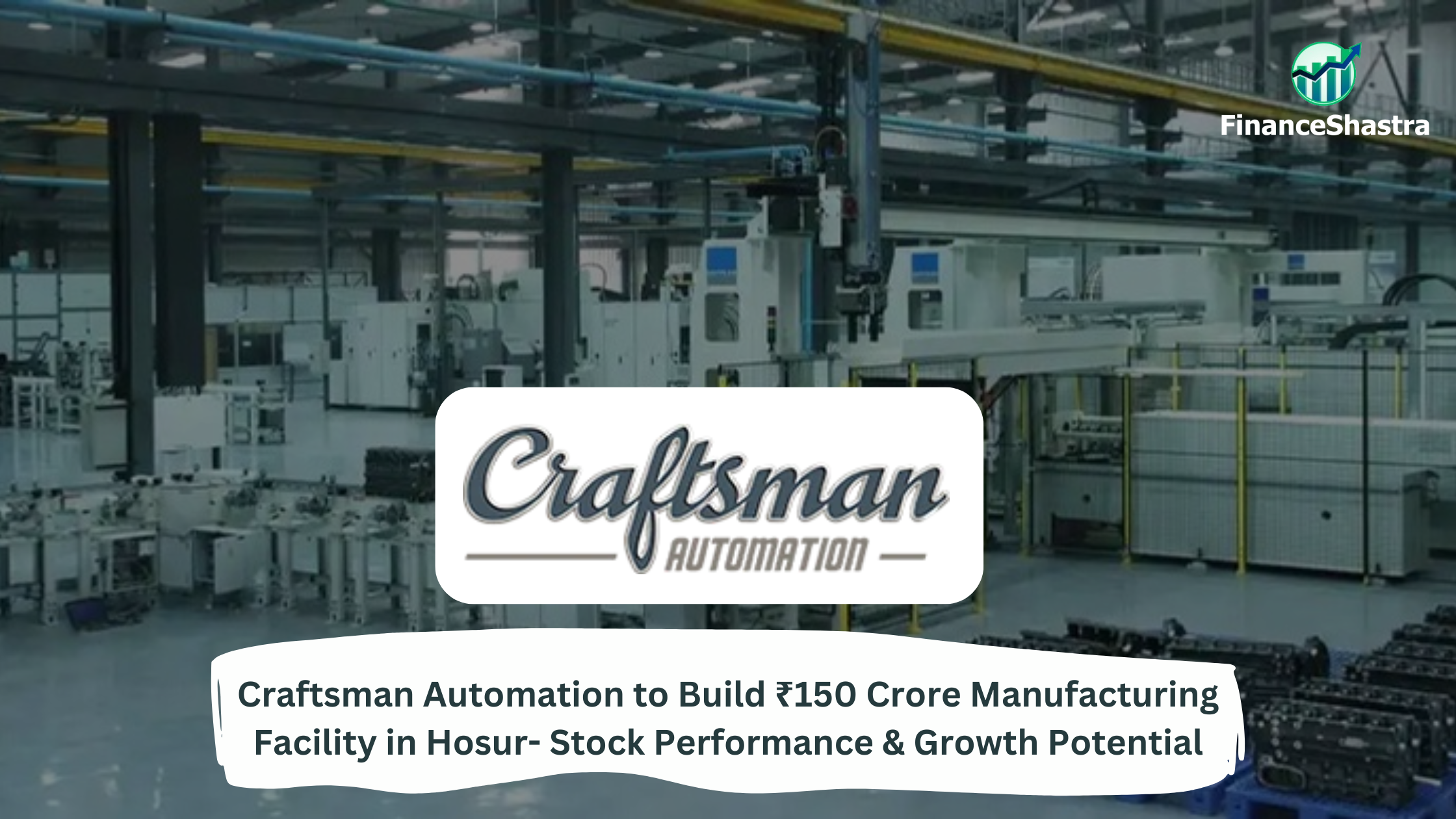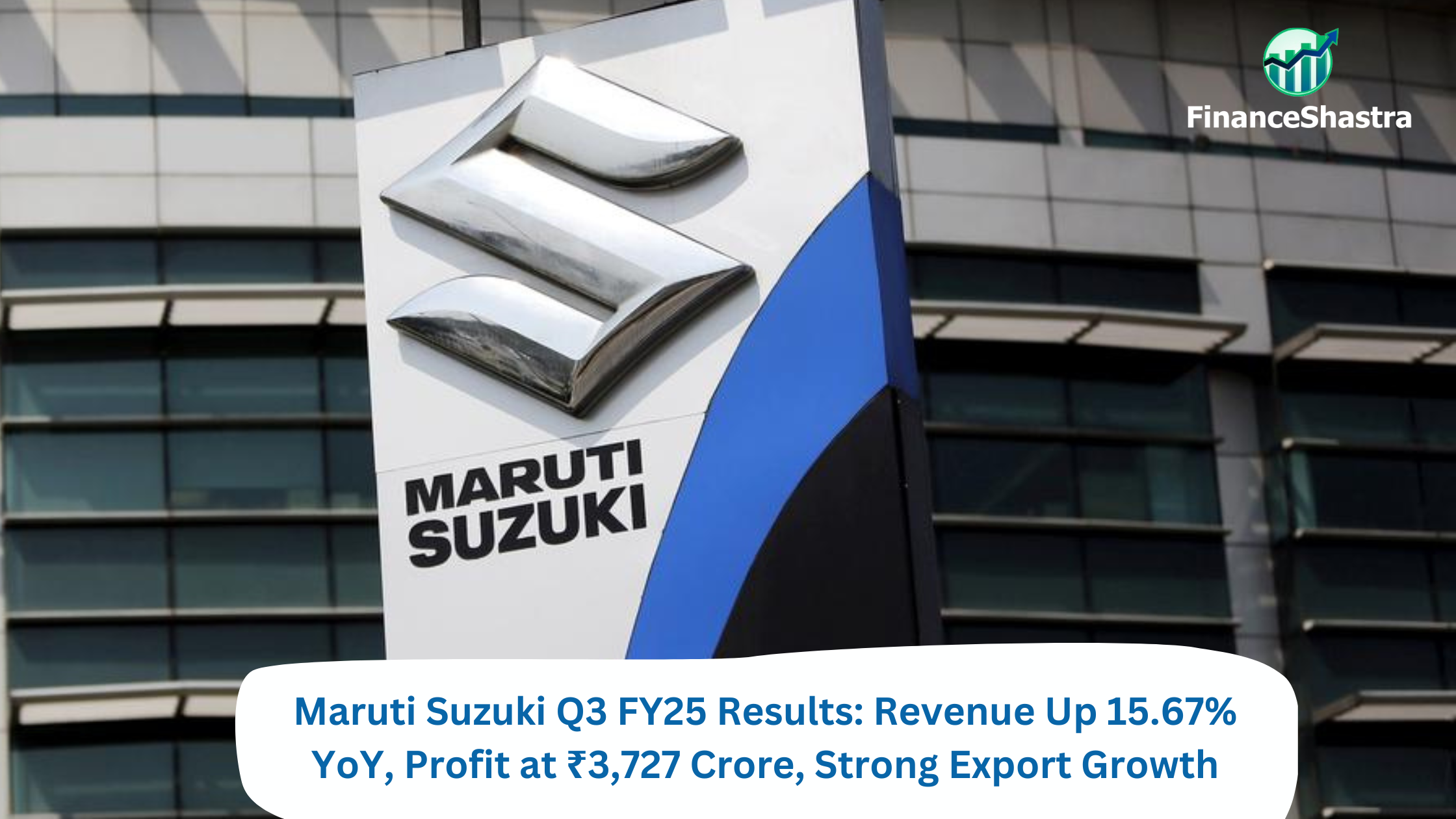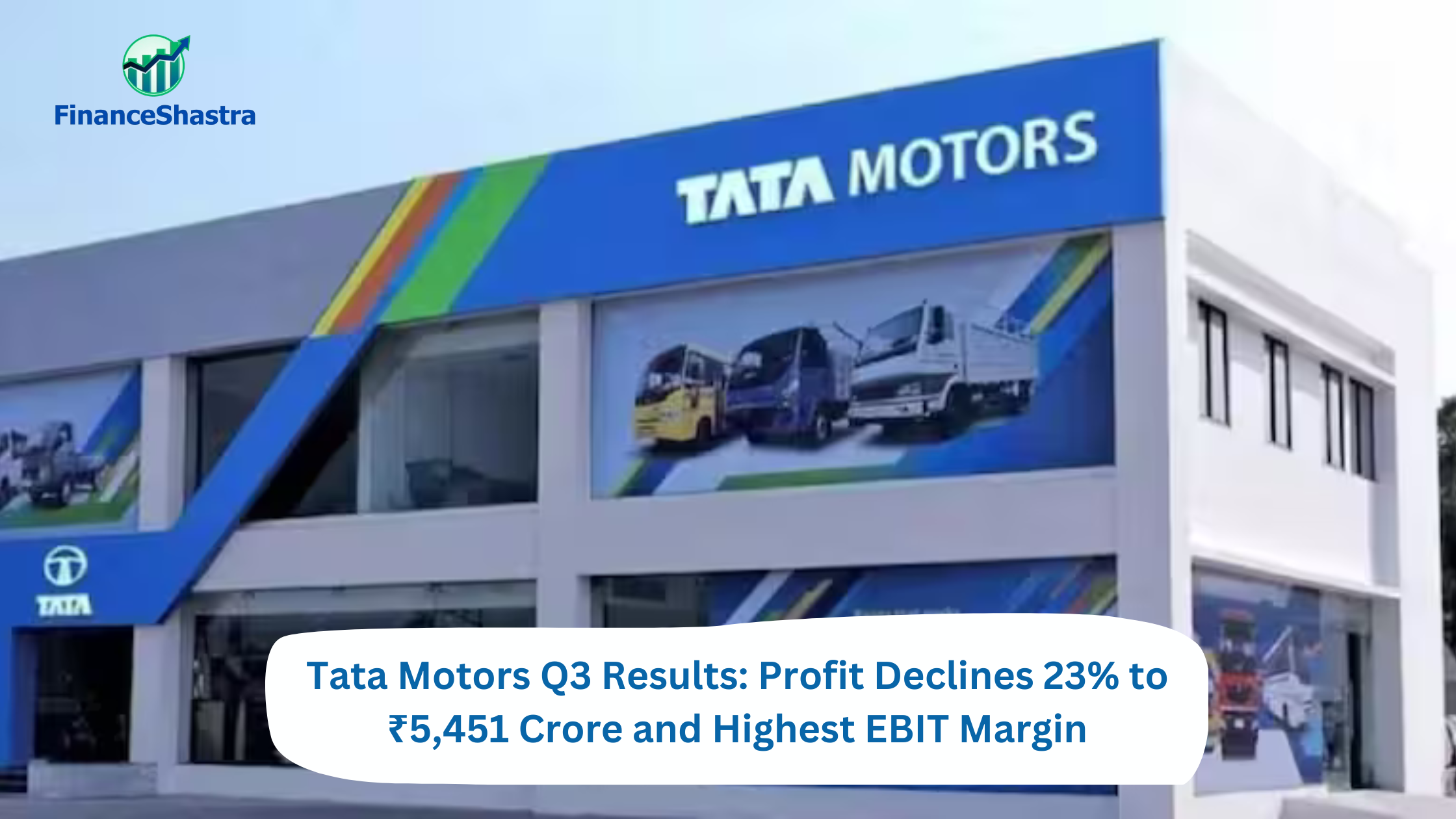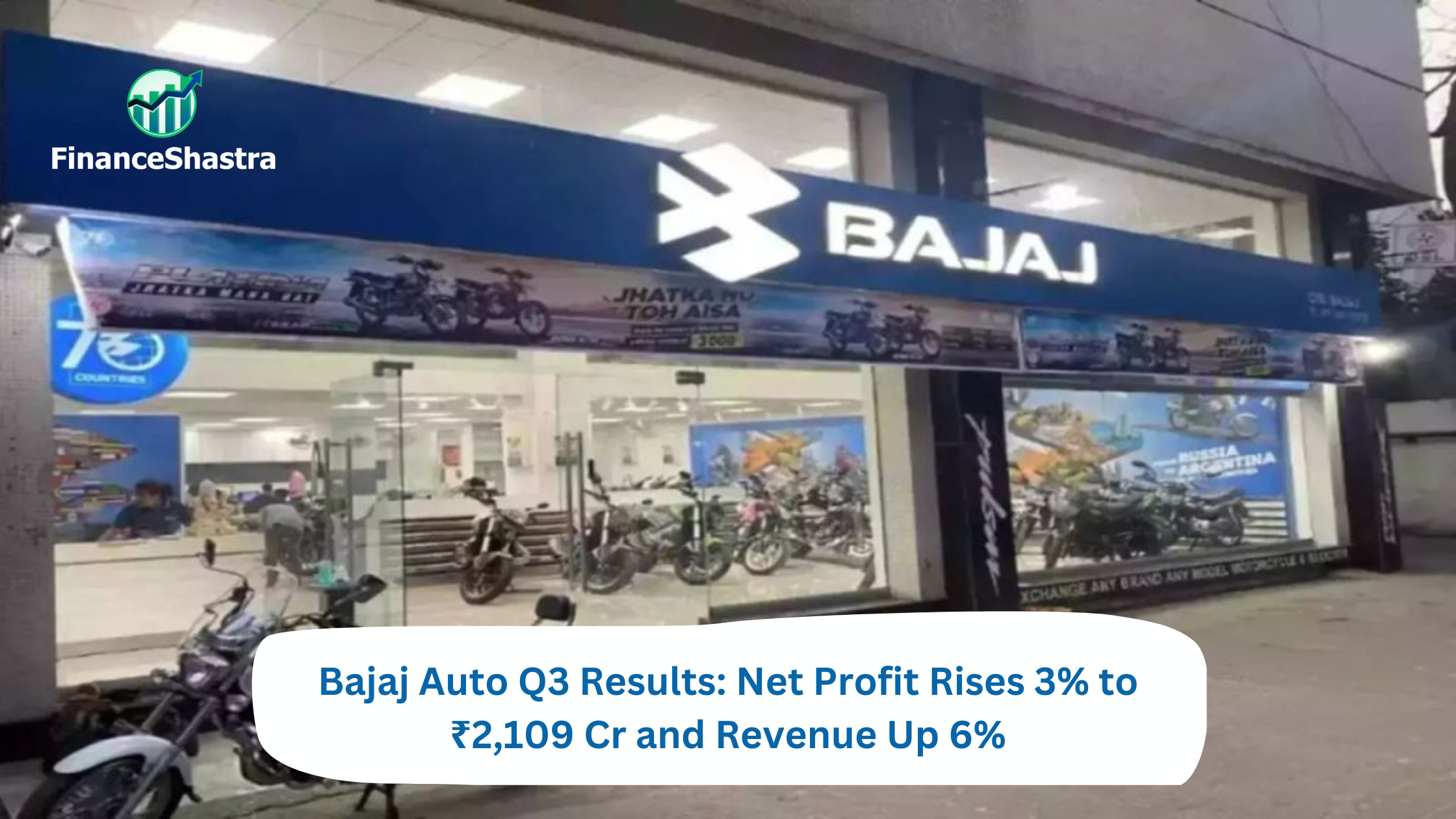Craftsman Automation to Build ₹150 Crore Manufacturing Facility in Hosur- Stock Performance & Growth Potential
Business and Industry Overview:
Craftsman Automation is a company that makes metal parts for cars, machines, and storage systems. It started in 1986 as a small company in Coimbatore, India, and has now grown into a big and successful business. The company makes car engine parts, gears, moulds, storage racks, special machines, and aluminum products. Quality is very important to Craftsman Automation. It makes sure every product is strong, safe, and long-lasting. A team of engineers and inventors works hard to design and build these products. They use big machines and modern technology to make things faster, better, and with fewer mistakes. Before any product is sent out, it is checked properly to make sure it meets high standards. Craftsman Automation supplies products to many industries, including the automobile, storage, and machine industries. India is becoming a big hub for precision manufacturing, which means making small, accurate, and high-quality parts for different industries. This industry is growing fast because India has skilled workers, advanced machines, low costs, and strong government support. Many industries need these precise parts, including automobiles, aerospace, defence, electronics, healthcare, and consumer goods. The industry has two main parts – automotive (52%) and non-automotive (48%). The automotive sector is growing quickly because more people are buying cars. Big car companies need strong and reliable parts, which India supplies. Around 62% of auto parts are needed by car manufacturers (OEMs), and this demand is growing 14% per year until 2026. India also exports a lot of car parts, and this business is growing by 7-9% each year from 2024 to 2029.
Craftsman Automation is a leading company that makes high-quality and accurate parts for cars, machines, storage systems, gears, and special-purpose machines. The company started in 1986 in Coimbatore as a small business. Today, it has grown into a big company with modern factories and advanced technology. It is a major supplier for big car companies (OEMs). The automotive industry is 52% of precision manufacturing, so the company benefits from the growing demand for vehicle parts. It also makes parts for aerospace, defence, electronics, and other industries, which helps it stay strong in the market. Craftsman Automation has advanced factories with CNC machines and automation. This helps in making strong, reliable, and high-quality products. The company also focuses on keeping costs low, so it can offer good prices while maintaining top quality. The government helps the industry grow with programs like Make in India and the Production Linked Incentive (PLI) scheme. The PLI scheme allows 100% foreign investment and is expected to bring ₹2.5-3 lakh crore in investments. This makes it easier for companies like Craftsman Automation to expand. Many global companies are now choosing India instead of China for manufacturing. This is called the China+1 strategy. It helps Craftsman Automation export more products and build strong international partnerships. The company also invests in new ideas and better products through research and development (R&D). This helps it stay ahead of competitors. With modern technology, skilled workers, and strong customer trust, Craftsman Automation is a trusted brand in India and abroad. With good quality, smart pricing, and growing global demand, Craftsman Automation is ready for a bright future in precision manufacturing.
Latest Stock News:
Craftsman Automation made less profit in the last quarter. Its profit went down by 12% to ₹70.5 crore. But its total sales increased by 12.7%, reaching ₹1,105 crore, up from ₹980 crore last year. Motilal Oswal still says it is a good stock to buy. They set a target price of ₹5,305 for the stock. But they also reduced their profit estimates for the next two years because of weaker demand for commercial vehicles and tractors. The company is a leader in making auto parts. It is also one of the top three in storage solutions and a strong competitor in aluminum die-casting. It has built its business step by step, without big takeovers. This is rare in the auto industry. The Indian government is helping companies like Craftsman Automation. Policies like Make in India and supply chain shifts away from China are helping it grow. The company designs and builds its machines, giving it a big advantage over competitors. Craftsman does not depend on just one industry. No single sector gives it more than 30% of its revenue. This helps balance its business and reduce risks. Even though profits fell recently, the company is growing well. Experts still see it as a strong company for the future.
Potentials:
Craftsman Automation wants to grow bigger and better. It is building a new factory in Hosur with an investment of ₹150 crore. This factory will make aluminium parts for cars and bikes. It will increase production by 15% and help the company meet the rising demand. The factory is in a great location, close to big automobile companies. This will make delivery faster and easier. Craftsman is paying for this project mostly with bank loans and some own money. The company’s current factories are already almost full, working at 75% capacity. So, this new plant will help produce more parts. With more cars and bikes being made in India, there is a high demand for quality parts. Craftsman also wants to increase exports and use better technology. It is investing in new machines to improve quality and make work faster. The company is ready for the future and wants to stay ahead in the market.
Analyst Insights:
- Market capitalisation:₹ 11,433 Cr.
- Current Price: ₹ 4,780
- 52-Week High/Low:₹ 7,121 / 3,860
- Stock P/E: 58.3
- Dividend Yield: 0.23 %
- Return on Capital Employed (ROCE): 20.0 %
- Return on Equity: 20.0 %
Craftsman Automation has grown well, with sales increasing by 20% per year over the last five years. Profits have also grown at 26% per year. The company earns good returns (ROE of 20%) and maintains steady profit margins (around 20% EBITDA margin). However, the stock is very expensive, trading at a P/E of 58.3, while similar companies trade at around 25. Promoters have reduced their stake by 11.1% in three years, which may be a concern. The company also has high debt (~₹1,958 Cr), and profit margins have fallen from 24% in FY22 to 16% now. The company’s long-term future looks good because India’s auto sector is growing. But the stock price is high, and some financial trends are weak. Current investors can hold or sell some shares. New investors should wait for a lower price.






